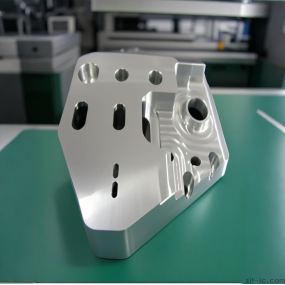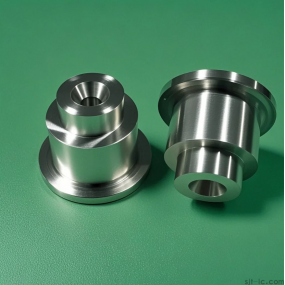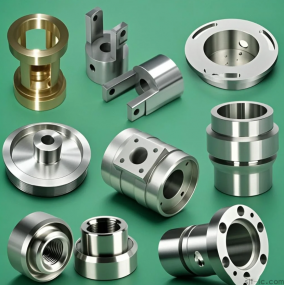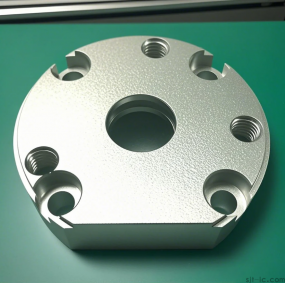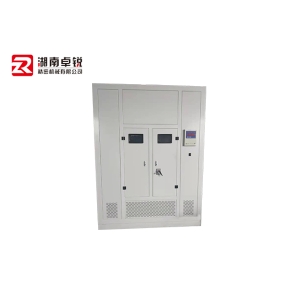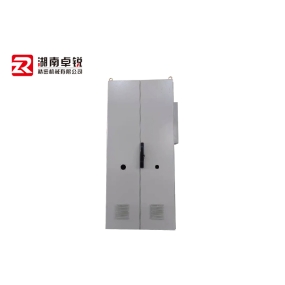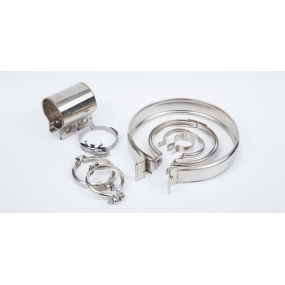Sheet metal cutting processing surface pretreatment methods are essential to ensure the quality of subsequent processing and the appearance of the finished product. Generally speaking, these methods are designed to remove oil stains, rust, oxides and other impurities on the surface and improve the adhesion and corrosion resistance of the material. The following are some common sheet metal cutting processing surface pretreatment methods: 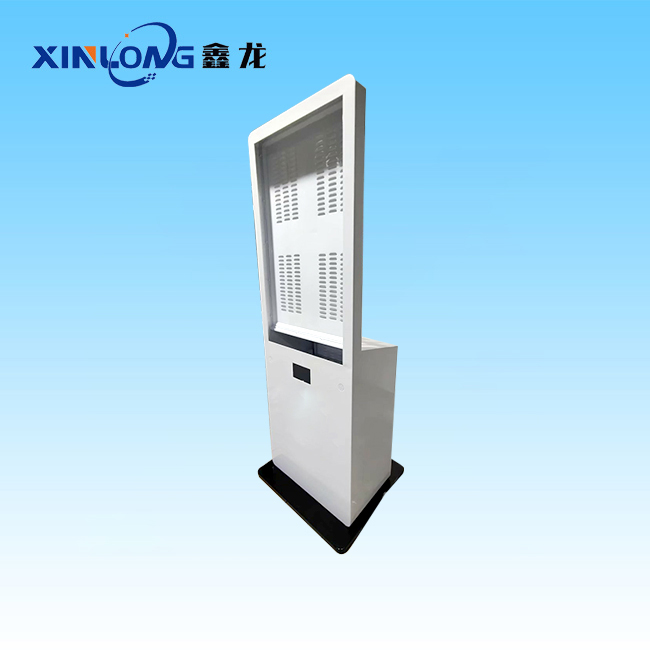 1. Degreasing treatment purpose: to remove grease, dirt, etc. on the surface of sheet metal to provide a clean surface for subsequent treatment. Method: use a degreasing agent (such as alkaline degreasing agent, organic solvent, etc.) to clean the surface of sheet metal. The concentration, temperature and treatment time of the degreasing agent need to be adjusted according to the specific material and requirements. 2. The purpose of rust removal treatment: to remove rust and oxides on the surface of sheet metal to prevent it from affecting the adhesion of subsequent processing and coating. Method: Sandblasting, pickling, phosphating and other methods can be used for rust removal. Among them, sandblasting sprays sand grains onto the surface of sheet metal through compressed air to remove rust and oxide layer; pickling uses an acidic solution to dissolve rust and oxides; phosphating is to form a layer of phosphating film on the surface of sheet metal, which not only removes rust but also improves the adhesion of the coating. 3. Chemical conversion treatment purpose: to form a layer of chemical conversion film (such as chromium film, phosphor chromate film, etc.) on the surface of sheet metal to improve the adhesion and corrosion resistance of the coating. Method: The surface of sheet metal is treated by a specific chemical solution to react with the chemical components in the solution, thereby forming a dense chemical conversion film on the surface. 4. Purpose of drying treatment: To remove the moisture left in the pretreatment process and prepare for the subsequent coating treatment. Method: The method of natural drying or high temperature drying can be used. Although natural drying is low cost, it has a long drying time and low efficiency; while high temperature drying can quickly remove moisture, but it is necessary to pay attention to control the temperature to avoid thermal damage to the sheet metal. 5. Other pretreatment methods Grinding and polishing: For sheet metal parts that require high finish, the method of grinding and polishing can be used to remove burrs and scratches on the surface and improve the surface finish and flatness. Ultrasonic cleaning: Utilize the cavitation, acceleration and direct flow of ultrasonic waves in liquids to directly and indirectly act on liquids and dirt, so that the dirt layer is dispersed, emulsified and peeled to achieve the purpose of cleaning. This method is suitable for cleaning sheet metal parts with complex shapes and tiny holes.
1. Degreasing treatment purpose: to remove grease, dirt, etc. on the surface of sheet metal to provide a clean surface for subsequent treatment. Method: use a degreasing agent (such as alkaline degreasing agent, organic solvent, etc.) to clean the surface of sheet metal. The concentration, temperature and treatment time of the degreasing agent need to be adjusted according to the specific material and requirements. 2. The purpose of rust removal treatment: to remove rust and oxides on the surface of sheet metal to prevent it from affecting the adhesion of subsequent processing and coating. Method: Sandblasting, pickling, phosphating and other methods can be used for rust removal. Among them, sandblasting sprays sand grains onto the surface of sheet metal through compressed air to remove rust and oxide layer; pickling uses an acidic solution to dissolve rust and oxides; phosphating is to form a layer of phosphating film on the surface of sheet metal, which not only removes rust but also improves the adhesion of the coating. 3. Chemical conversion treatment purpose: to form a layer of chemical conversion film (such as chromium film, phosphor chromate film, etc.) on the surface of sheet metal to improve the adhesion and corrosion resistance of the coating. Method: The surface of sheet metal is treated by a specific chemical solution to react with the chemical components in the solution, thereby forming a dense chemical conversion film on the surface. 4. Purpose of drying treatment: To remove the moisture left in the pretreatment process and prepare for the subsequent coating treatment. Method: The method of natural drying or high temperature drying can be used. Although natural drying is low cost, it has a long drying time and low efficiency; while high temperature drying can quickly remove moisture, but it is necessary to pay attention to control the temperature to avoid thermal damage to the sheet metal. 5. Other pretreatment methods Grinding and polishing: For sheet metal parts that require high finish, the method of grinding and polishing can be used to remove burrs and scratches on the surface and improve the surface finish and flatness. Ultrasonic cleaning: Utilize the cavitation, acceleration and direct flow of ultrasonic waves in liquids to directly and indirectly act on liquids and dirt, so that the dirt layer is dispersed, emulsified and peeled to achieve the purpose of cleaning. This method is suitable for cleaning sheet metal parts with complex shapes and tiny holes.
Hello! Welcome to EMAR's website!
 English
English » »
» »
 Spanish
Spanish Arabic
Arabic French
French Portuguese
Portuguese Belarusian
Belarusian Japanese
Japanese Russian
Russian Malay
Malay Icelandic
Icelandic Bulgarian
Bulgarian Azerbaijani
Azerbaijani Estonian
Estonian Irish
Irish Polish
Polish Persian
Persian Boolean
Boolean Danish
Danish German
German Filipino
Filipino Finnish
Finnish Korean
Korean Dutch
Dutch Galician
Galician Catalan
Catalan Czech
Czech Croatian
Croatian Latin
Latin Latvian
Latvian Romanian
Romanian Maltese
Maltese Macedonian
Macedonian Norwegian
Norwegian Swedish
Swedish Serbian
Serbian Slovak
Slovak Slovenian
Slovenian Swahili
Swahili Thai
Thai Turkish
Turkish Welsh
Welsh Urdu
Urdu Ukrainian
Ukrainian Greek
Greek Hungarian
Hungarian Italian
Italian Yiddish
Yiddish Indonesian
Indonesian Vietnamese
Vietnamese Haitian Creole
Haitian Creole Spanish Basque
Spanish Basque


